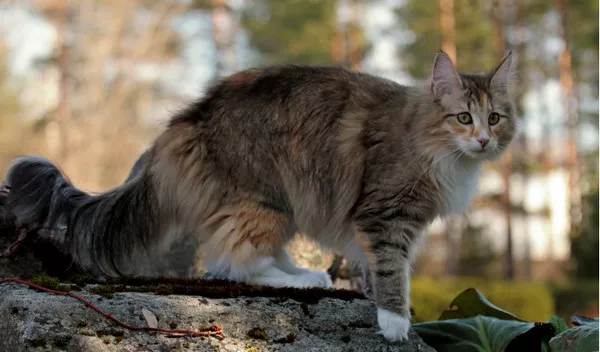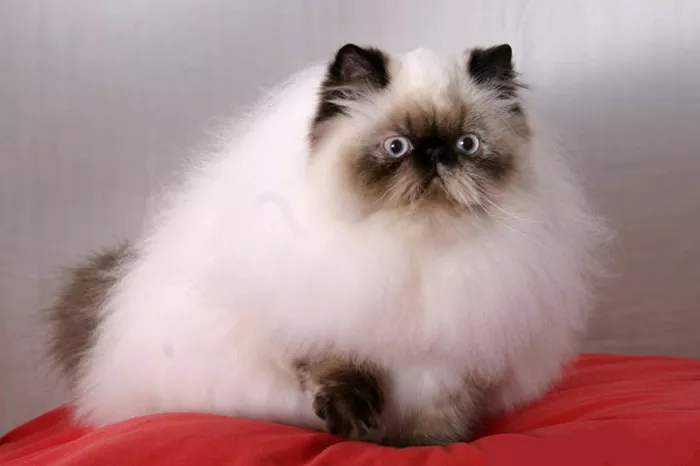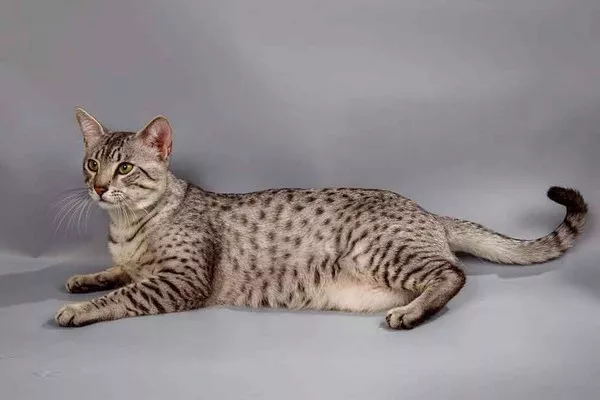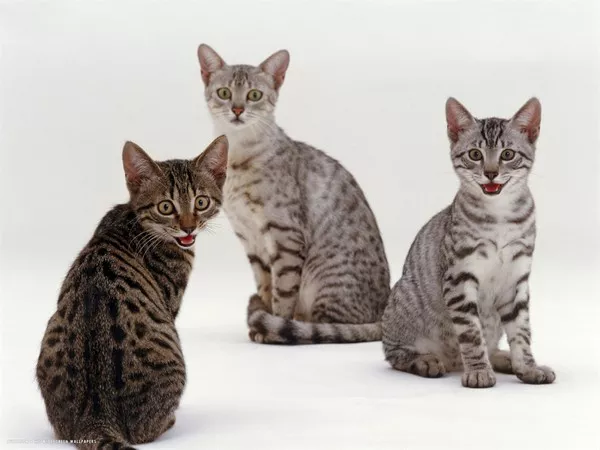Norwegian Forest Cats, known affectionately as “Wegies,” are a breed celebrated not only for their stunning appearance and rich history but also for their notable intelligence. This breed, originating from Northern Europe, is renowned for its robust and adventurous nature, often attributed to its survival and evolution in the harsh climates of Norway. This article delves into the intelligence of Norwegian Forest Cats, examining how their smarts manifest in various behaviors and how they compare with other breeds. Additionally, it provides insights into the implications of their intelligence for owners and breeders.
Origins and History of the Norwegian Forest Cat
Understanding the intelligence of Norwegian Forest Cats begins with a look into their origins and evolutionary history, which has significantly shaped their behavioral traits and cognitive abilities.
Evolutionary Background
The Norwegian Forest Cat‘s lineage dates back hundreds, if not thousands, of years in Scandinavia. Originally, these cats were farm animals used for controlling pests. Over centuries, they adapted to a cold climate, developing a thick, water-resistant coat, sturdy physique, and keen survival instincts. These historical roles have contributed to their problem-solving abilities and their independent yet friendly nature.
Cultural Significance
In Norse mythology, these cats were believed to be the pets of the goddess Freya, pulling her chariot. This mythological association highlights their esteemed position in Scandinavian culture and folklore, underlining their revered status that may be linked to their observable intelligence and majestic demeanor.
Defining Intelligence in Cats
Before assessing the intelligence of the Norwegian Forest Cat, it’s important to understand what intelligence means in the context of feline behavior and cognition.
Components of Feline Intelligence
Feline intelligence can generally be broken down into several components:
Problem-solving abilities: This includes their capacity to navigate through obstacles and solve puzzles, often for food or to reach a desired location.
Learning capability: This pertains to how quickly and effectively a cat can learn from its experiences and from intentional training by humans.
Adaptability: This involves how well a cat can adjust to new environments or situations.
Memory: Long and short-term memory plays a crucial role in how cats remember the techniques they learn for problem-solving or the places where they have found food.
Social intelligence: This includes the ability to communicate with other cats and humans, which is crucial for their survival and well-being.
Tools for Measuring Cat Intelligence
Evaluating cat intelligence is complex and can often be subjective. However, behavioral experiments and owner observations are primary tools for assessing intelligence in cats. These methods include observing how cats interact with new environments, solve problems, and learn commands or tricks.
Behavioral Traits Indicative of Intelligence in Norwegian Forest Cats
Norwegian Forest Cats exhibit several behaviors that can be indicators of their intelligence.
Problem-Solving Skills
Owners and breeders often note that Norwegian Forest Cats display excellent problem-solving skills. An example might be their ability to open doors or find hidden treats. Their historical background as hunters and survivors in harsh climates may have honed these abilities, which are essential for finding food and shelter in the wild.
Learning and Training
Despite their independent nature, Norwegian Forest Cats are known to be quite trainable, responding well to positive reinforcement techniques such as treats and praises. They can learn a variety of commands and tricks, which also indicates a high level of cognitive functioning.
Social Intelligence
These cats are noted for their ability to form strong bonds with their human families. They are adept at using vocal cues to communicate their needs and desires, and they can read human emotions to some extent, responding with affection and comfort.
Memory and Recognition
Norwegian Forest Cats have shown significant memory capabilities, often remembering the locations of their favorite hiding spots or toys. They also recognize their family members after long periods of absence, indicating strong memory retention.
Implications of Intelligence for Owners and Breeders
The intelligence of Norwegian Forest Cats has several implications for their care and interaction with humans.
Environmental Enrichment
Given their high intelligence and activity level, Norwegian Forest Cats require an environment that stimulates their physical and cognitive skills. Owners should provide ample opportunities for climbing, exploring, and interactive play, which are crucial for keeping them mentally and physically healthy.
Training and Socialization
Understanding the trainable nature of these cats, owners should engage them in regular training sessions to harness their cognitive capabilities and enhance their social skills. Early socialization is particularly important, as it helps prevent timidity and aggression, and fosters a well-rounded temperament.
Challenges of High Intelligence
While intelligence is generally a positive trait, it can sometimes lead to behavioral challenges. For instance, a highly intelligent and active cat like the Norwegian Forest Cat might get bored easily, potentially leading to destructive behavior if not properly stimulated. Owners need to be prepared to invest time and resources into providing appropriate activities and interactions.
Comparative Analysis with Other Breeds
When comparing Norwegian Forest Cats to other breeds, it is clear that like the Maine Coon and the Abyssinian, they are among the more intelligent feline breeds. This intelligence manifests in their adaptability, learning speed, and problem-solving prowess, which can surpass that of more laid-back breeds like the Persian or the British Shorthair.
Conclusion
Norwegian Forest Cats are undoubtedly intelligent, with their historical background and evolutionary traits contributing significantly to their cognitive abilities. Their problem-solving skills, learning ability, and social intelligence not only make them fascinating companions but also require that they be provided with a stimulating environment. For owners and breeders, understanding and catering to the intellectual needs of these majestic cats is essential for their well-being and the development of a harmonious human-pet relationship. As research into feline cognition advances, it is likely that even more insights into the intelligence of Norwegian Forest Cats will emerge, continuing to intrigue and challenge those who are lucky enough to live with these beautiful animals.

























